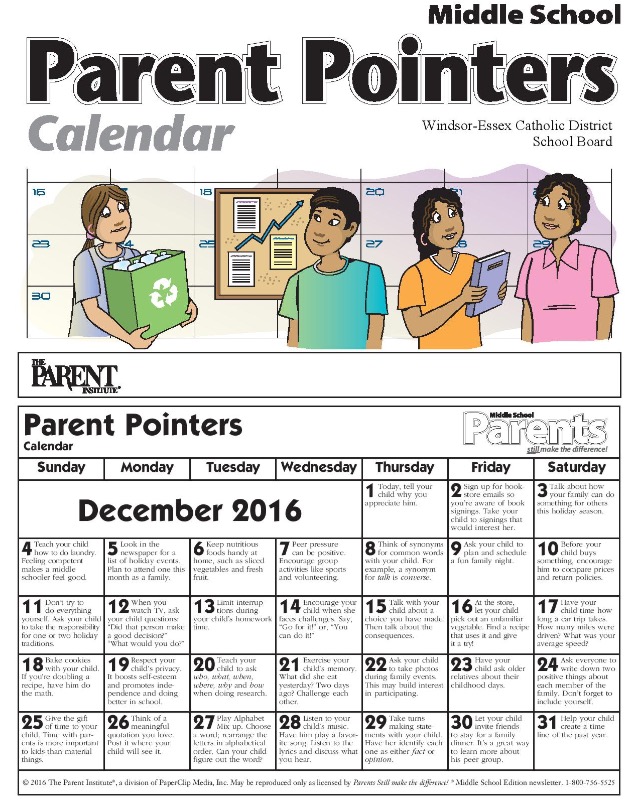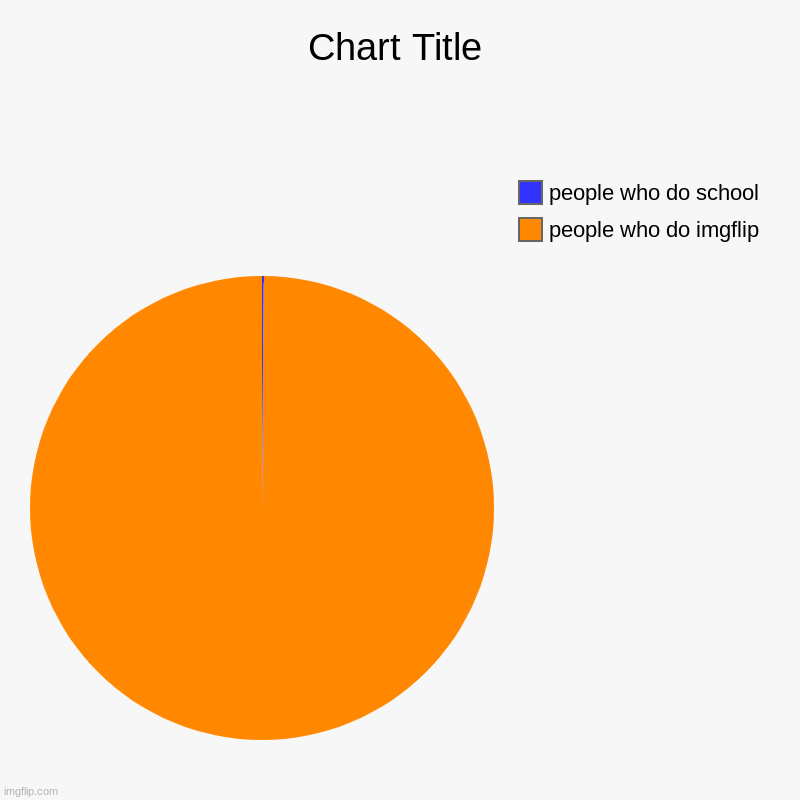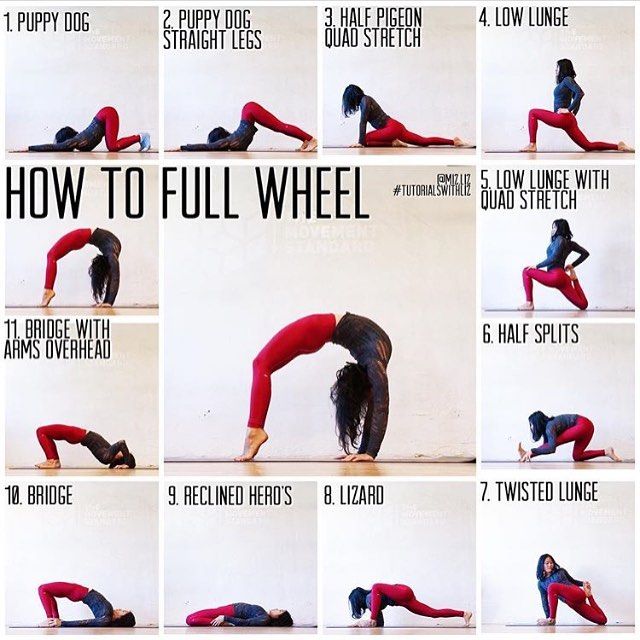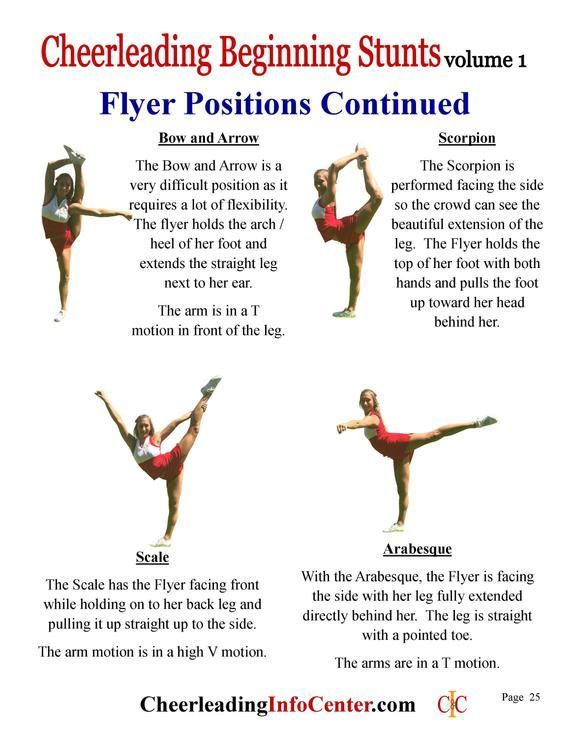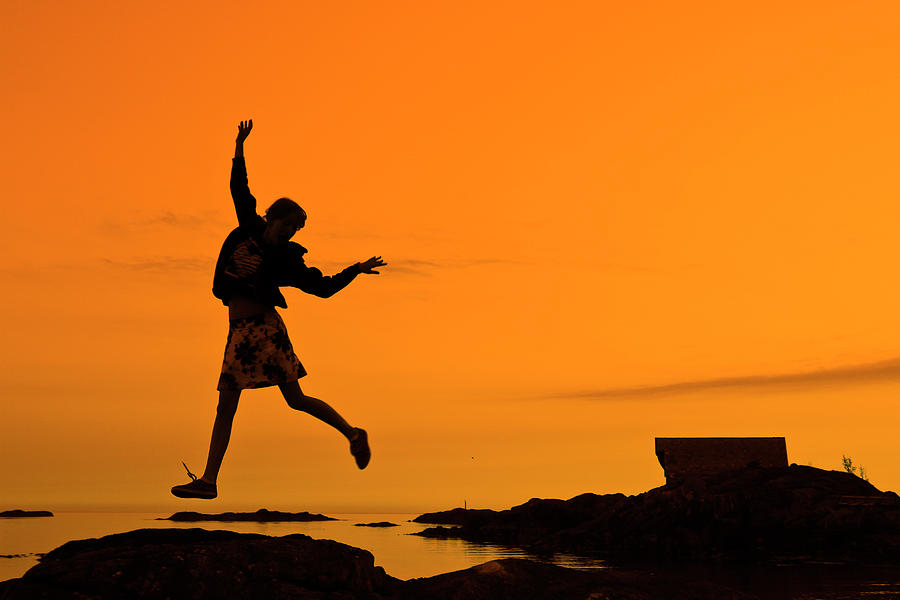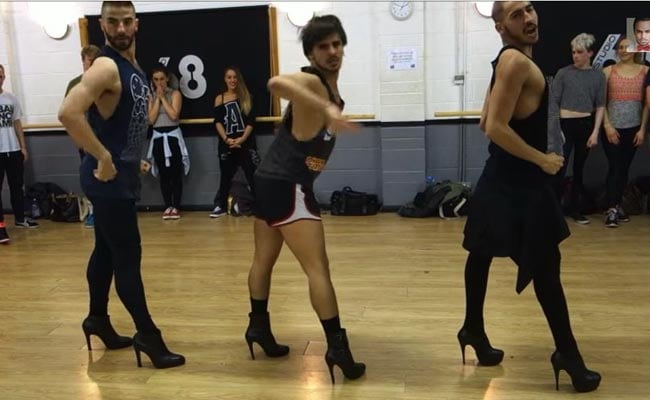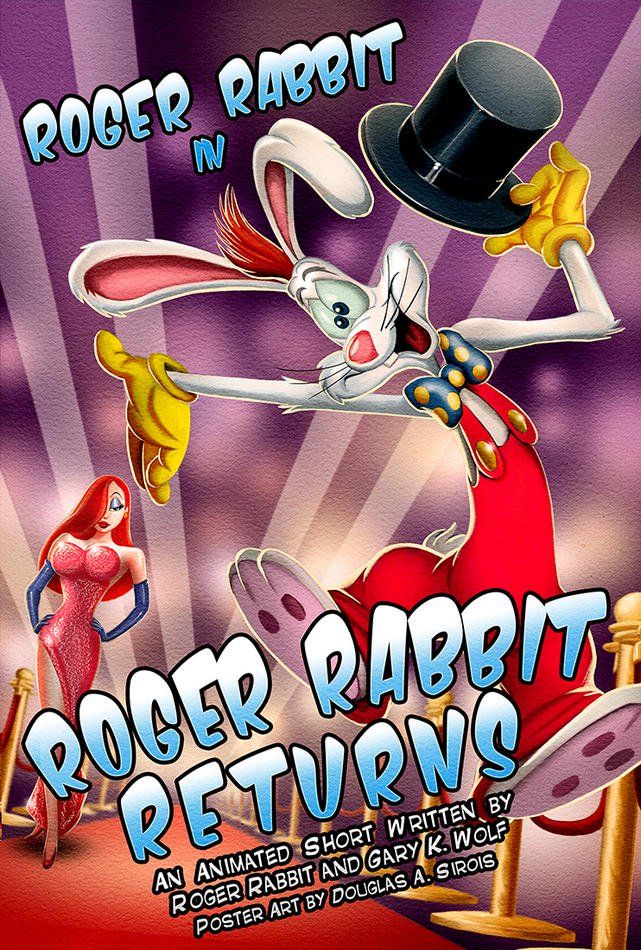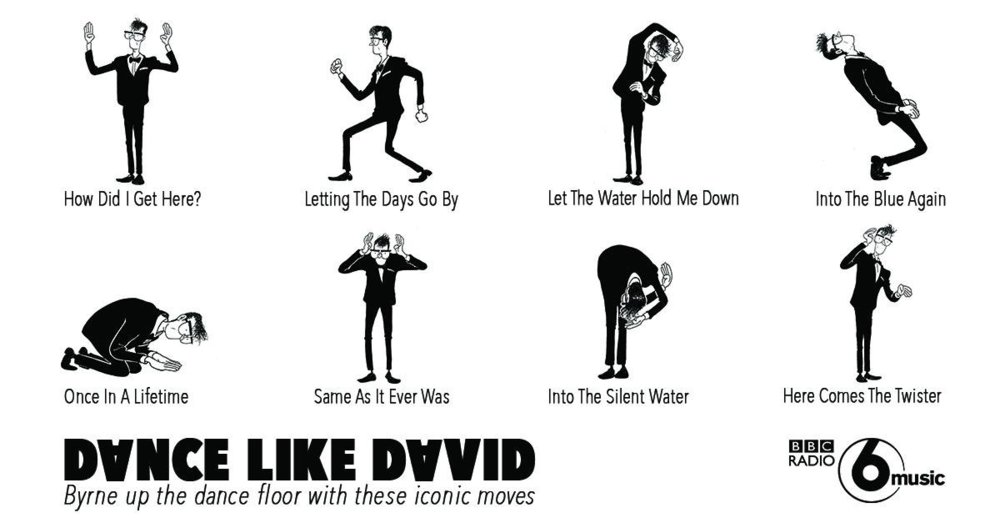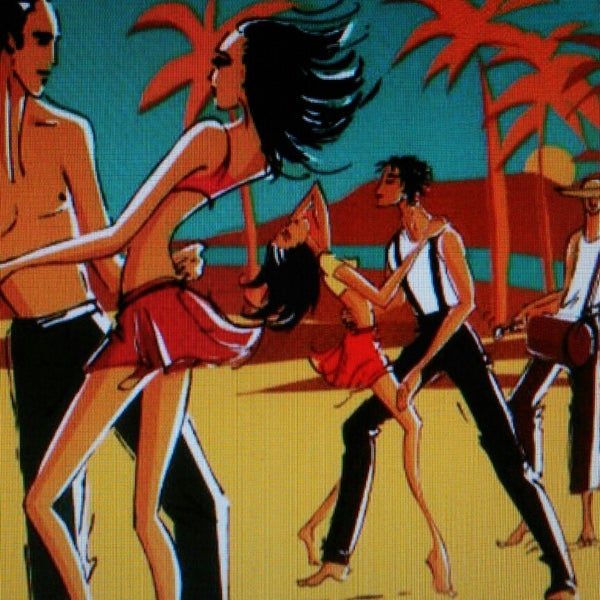How to prepare for a middle school dance
25 Awesome Activities For Your Middle School Dance
// by Lauren Du Plessis
School dances create a sense of community by helping learners connect outside of their classroom walls. Students have the opportunity to interact with pupils that they wouldn't normally, and in doing so, new friendships are fostered. Middle schoolers may be a little nervous at events such as these so we've put together a list of fun dance activities to help them break the ice! By incorporating a few of the fun games we've picked out below, your learners are guaranteed to enjoy a fabulous night of fun and dancing.
1. Dance With A Balloon
This fun game is sure to have everyone on the dance floor! Blow up a few balloons before throwing them into the crowd. The students are required to work together to keep all the balloons afloat, ensuring that they don't touch the ground.
Learn More: Mom Junction
2. Partner Up
As fun as middle school dances can be, learners may need a fun activity to encourage them to get onto the floor and mingle with new people. Places all the attendees' names into a hat and pull out two at random. The pairs should then be given time to prepare a creative dance to perform.
Learn More: Mom Junction
3. All Sacked Up
This game, traditionally used in physical education classes, is heaps of fun! Participating students should each receive a bag to dance inside. Students who fall out or drop their bags, lose. The last student dancing wins!
Learn More: Mom Junction
4. Ball Game
The ball game encourages everyone to have a little boogie. Students should line up and the first person in the queue will receive a large beach ball. A timer is set and the student is required to dance with the ball until the buzzer sounds and they pass it on to the next in line.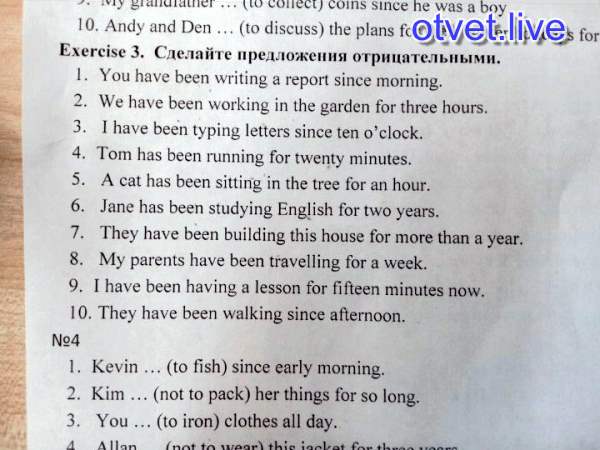
Learn More: Mom Junction
5. Emoji Dancing
Emojis are great fun, but who knew they could be incorporated into a dance activity? Students are required to come up with a dance that mimics an emoji so as to express that particular emotion or theme. To make it easier, choose a song that matches a given emoji. For example, if the emoji is happy, select an upbeat song.
Learn More: Gogogym
6. Follow The Song
Listen to the lyrics and follow the directions given by the singer! This activity is great for middle school-level learners and is guaranteed to get them moving. Turn it into a game by having teachers monitor the movements of learners and disqualify anyone who puts a foot out of place.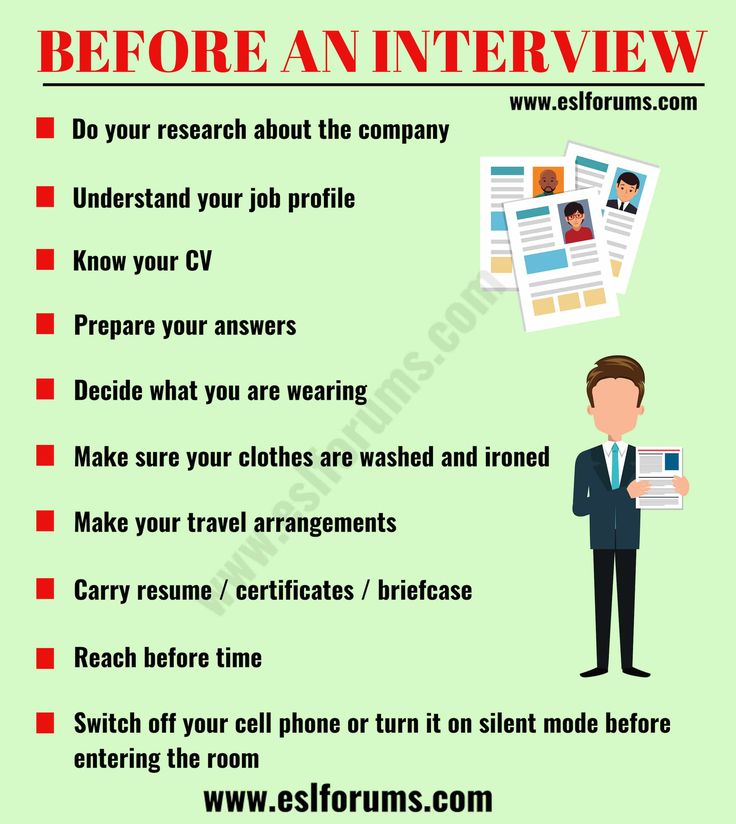
Learn More: Youtube
7. Memory Moves
Instruct the learners to arrange themselves in a circle. One student will start by moving into the center and performing a move. The person next to them will go next and must repeat the first move and then add on one of their own. The cycle continues around the circle until one player fails to repeat all previous moves.
Learn More: The Spruce
8. Musical Chairs
This classic dance contest is perfect for school dances! To begin, students should all be standing and dancing to the beat of the music. A teacher then pauses the song and students rush to find a seat. Students without a seat are out and as the rounds progress, more and more chairs are removed. The last person to sit on the final chair is the winner.
Learn More: The Spruce
9. Elimination Dance
Before the dance begins, write out random descriptions to place in a hat. Descriptions can be "students with glasses", "students wearing a black shirt" or anything of the sort. Whilst students are dancing, read out the descriptions- having anyone who fits them, leave the dance floor.
Descriptions can be "students with glasses", "students wearing a black shirt" or anything of the sort. Whilst students are dancing, read out the descriptions- having anyone who fits them, leave the dance floor.
Learn More: The Spruce
10. Do The Macarena
The Macarena is a wonderful dance idea for students. Remember that one move in the dance corresponds to one beat in the song. Before starting, put on a demonstration so that students have an opportunity to learn the moves.
Learn More: Youtube
11. Dance Move Switch Up
This activity requires students to try their hand at different dance styles. As the music plays call out different dance styles for the students to impersonate.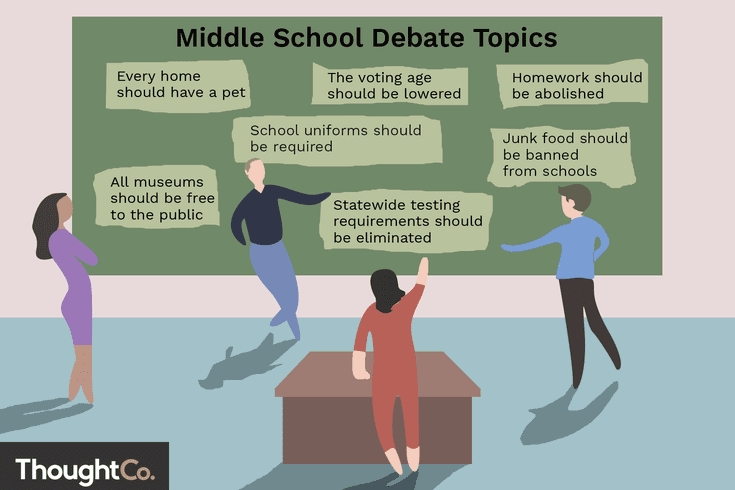 Styles can be anything from ballet and salsa to hip-hop and rock 'n roll.
Styles can be anything from ballet and salsa to hip-hop and rock 'n roll.
Learn More: The Spruce
12. Square Dance
The square dance is an awesome introduction to line dancing. The fun video demonstration is easy to follow and guides students through exactly what is expected of them. Once you feel they have the hang of it, turn off the video and switch over to a country music song for them to practice their moves.
Learn More: Youtube
13. Spot Dance
The spot dance is a fun elimination game. Whilst an adult mans the spotlight, learners shake it on the dance floor. The light should move throughout the crowd and when the music is paused, the light shiner should freeze too- stopping on one person.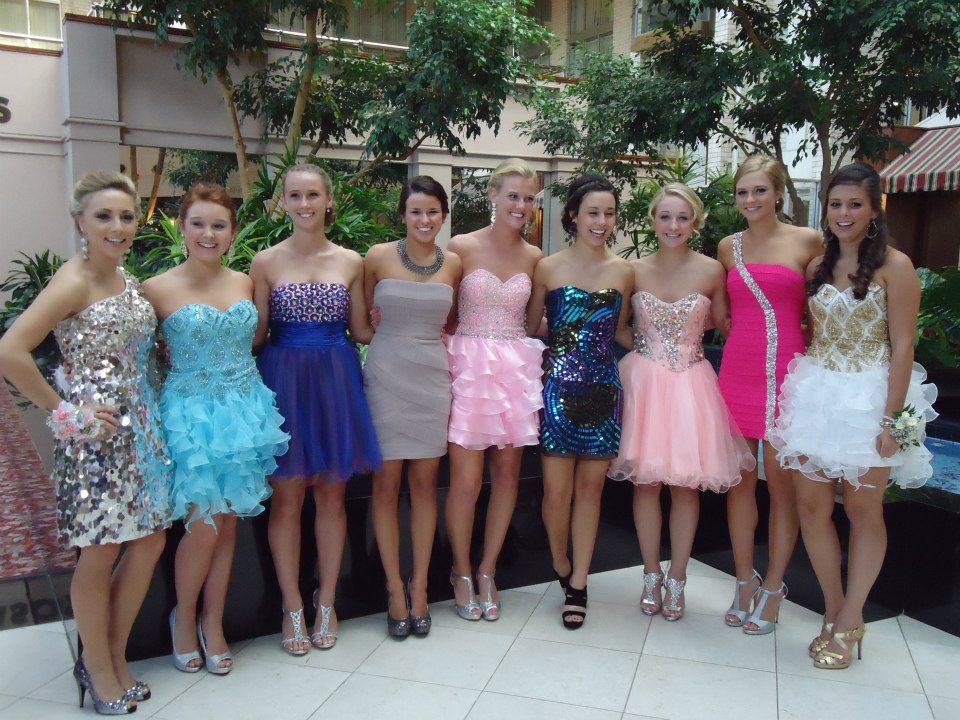 The person on who the light is shining is eliminated from the game.
The person on who the light is shining is eliminated from the game.
Learn More: The Spruce
14. Dance The Conga
The conga is the perfect dance for getting the party started. It involves all learners in an enjoyable routine whereby they form a conga line by placing their hands on the shoulders of the person in front of them.
Learn More: Youtube
15. Balance A Book
To prepare, ensure that you have a few lightweight books. Participating students are each to balance a book atop their head whilst dancing around. Players who have their book fall, are eliminated from the game.
Learn More: Mom Junction
16. Play Limbo
Two students are required to hold either end of a stick.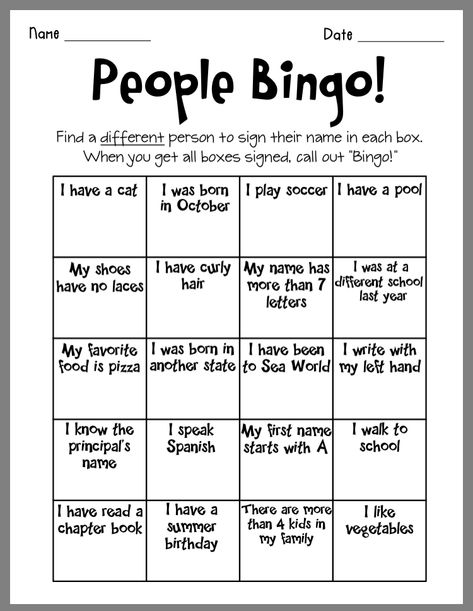 Participating students should then move their bodies under the bar without bending forward or touching them with any body part. As the game progress, the stick should be moved further and further downward. Players who touch the bar, lose the game.
Participating students should then move their bodies under the bar without bending forward or touching them with any body part. As the game progress, the stick should be moved further and further downward. Players who touch the bar, lose the game.
Learn More: NY Metro Parents
17. Chicken Dance
The chicken dance is great for including reluctant dancers! Even the most uncoordinated of students will have a ball participating in this activity. It simply requires students to watch the video and follow along- dancing like a chicken as they do so.
Learn More: Youtube
18. YMCA Dance
Just like the chicken dance, this YMCA dance video is sure to have your learners all moving and grooving! This song is a classic and will even motivate parent volunteers to get involved.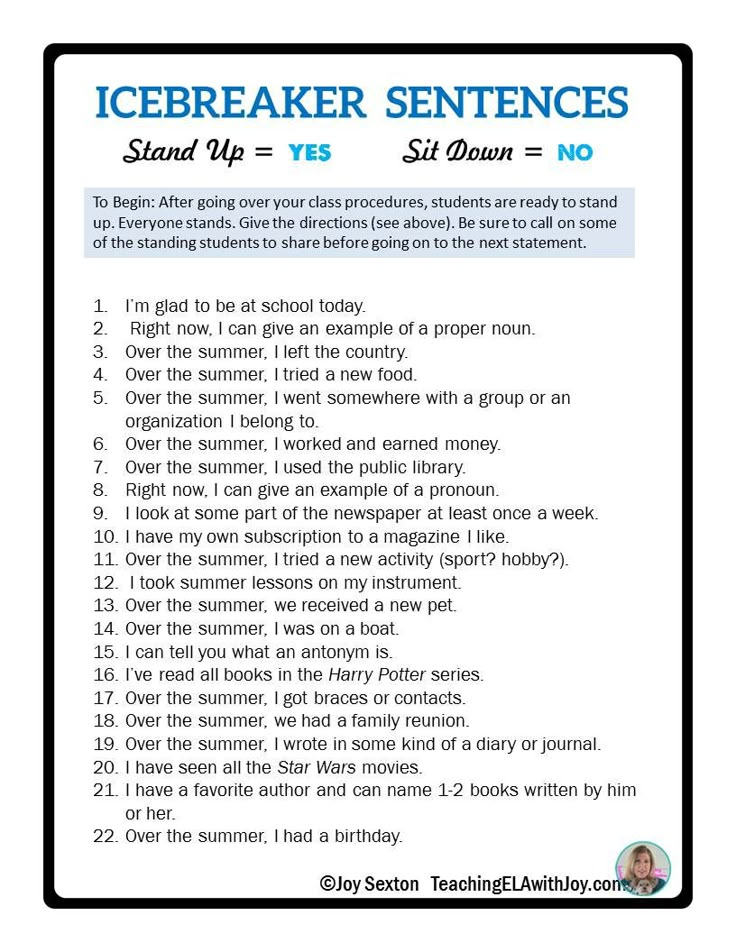
Learn More: Youtube
19. Musical Statues
Musical statues are played by pausing a song and having learners freeze at the same time. Anyone who doesn't freeze on time or moves in the paused interim is disqualified and must sit out.
Learn More: Childhood 101
20. Lip Sync Competition
Incorporate a lip sync battle into your middle school dance lineup. The activity tests learners' muscle memory and is a fun way of encouraging students to loosen up and enjoy themselves.
Learn More: Childhood 101
21. Dance Battle
Middle schoolers are naturally competitive and a fun way to channel that energy is through a fun dance battle! Randomly pair students up to battle it out seeing who can outdance the other! Teachers, parents, and other learners can join up to be judges.
Learn More: Childhood 101
22. Dance Charades
Dance charades are similar to the classic word-guessing game.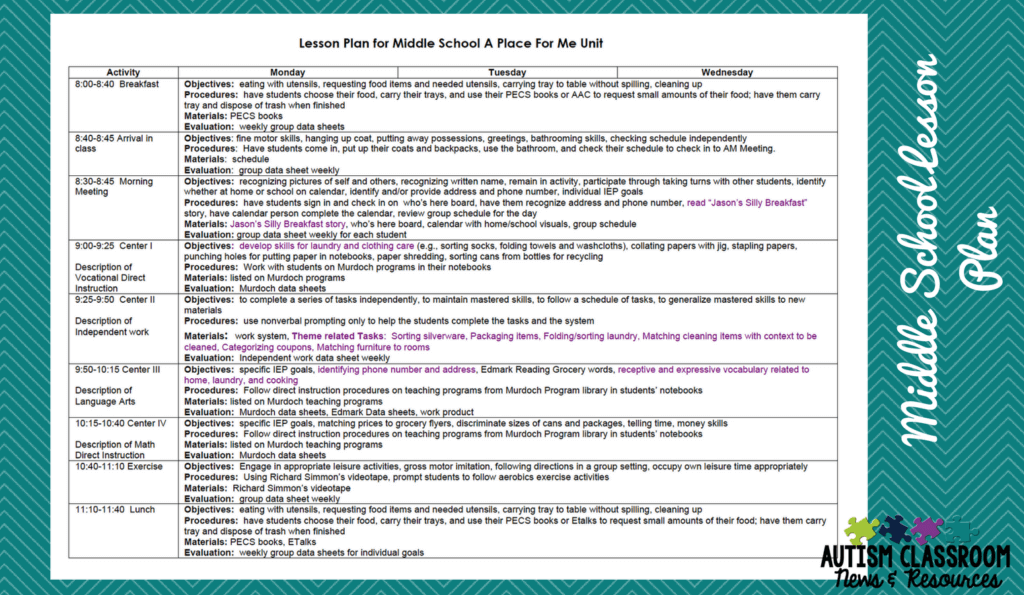 Only with this version, participants are required to dance out their words instead of acting them out.
Only with this version, participants are required to dance out their words instead of acting them out.
Learn More: E-How
23. Dance Island
Dance island requires that learners invent a fun dance routine, but are limited to performing it within the parameters of a relatively small square space. Teachers can monitor and eliminate students who step out of their block. The last person in their square or the one with the best dance wins!
Learn More: Ice Breaker Ideas
24. Air Guitar Competition
Air guitar requires participants to imitate the guitar portion of a given song or songs. The students can play this competitively so that the student with the best imitation, wins a prize!
Learn More: Childhood 101
25. Music Trivia
This is a wonderful game for students to group up and work together to answer the questions correctly. Not only will it foster team spirit, but it certainly helps students break the ice at the beginning of the dance before moving on to have a groove on the dance floor.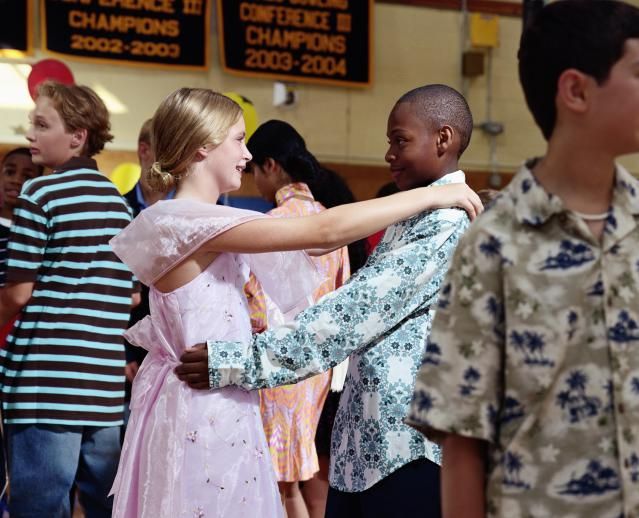
Learn More: Fun Trivia
Related posts:
Category: Classroom Ideas
Periods, Boys, and School Dances: a Girl's Guide to Middle School - Your First School Dance: Getting Ready
Periods, Boys, and School Dances: a Girl's Guide to Middle School
Random
Trust me, I know what it's like, I've had experience with these things and many more in middle school and I will help all you girls going into middle school or who are having trouble navigating it. Questions welcome.
#advice #boys #dance #girls #guide #middleschool #periods #questions #school #tips
by ParkerKonner
Oh dear, tonight is your first school dance? Gurl, I can help.

1. Everyone will ask you and you will ask everyone if they are going to the dance. It's just how it goes.
2. These aren't usually formal or ones that you have to ask boys or boys ask girls to go to the dance with them. This is a let's-have-a-bunch-of-kids-with-raging-hormones-into-one-gym-together-with-music-and-see-what-happens dance. Yeah, it's kinda crazy and weird, yet fun.
3. Feel free to dress up, but wear something that you can dance in, or else you'll just have to sit awkwardly to the side with all the popular girls who are on their phones.
4. You CAN wear makeup, but no one will really notice, there will most likely be funky lighting or strobe lights.
5.
One of my favorite things to do after a school dance is have a sleepover with my bestie, so if that's the case, go over to their house with your stuff to get ready and then go to the dance. If they come to your house, have them bring all their stuff to get ready beforehand as well.
6. Show up at the right time or else your friends will think that you changed your mind about coming.
7. You should probably wear something that you can get slightly sweaty in and it won't be noticeable, because you will be dancing for a while and you don't want to look like you just ran a mile in your best dress.
I will continue this! Anyway, I will be posting a new chapter to this guide every chance I get so right now I'm just rapid-fire-updating. Remember, questions are ALWAYS welcome!
You'll also like
How to prepare for the first dance lesson? What to bring to dance classes?
Contents
If you are visiting a dance studio for the first time, it is important to know how to properly prepare for the lesson.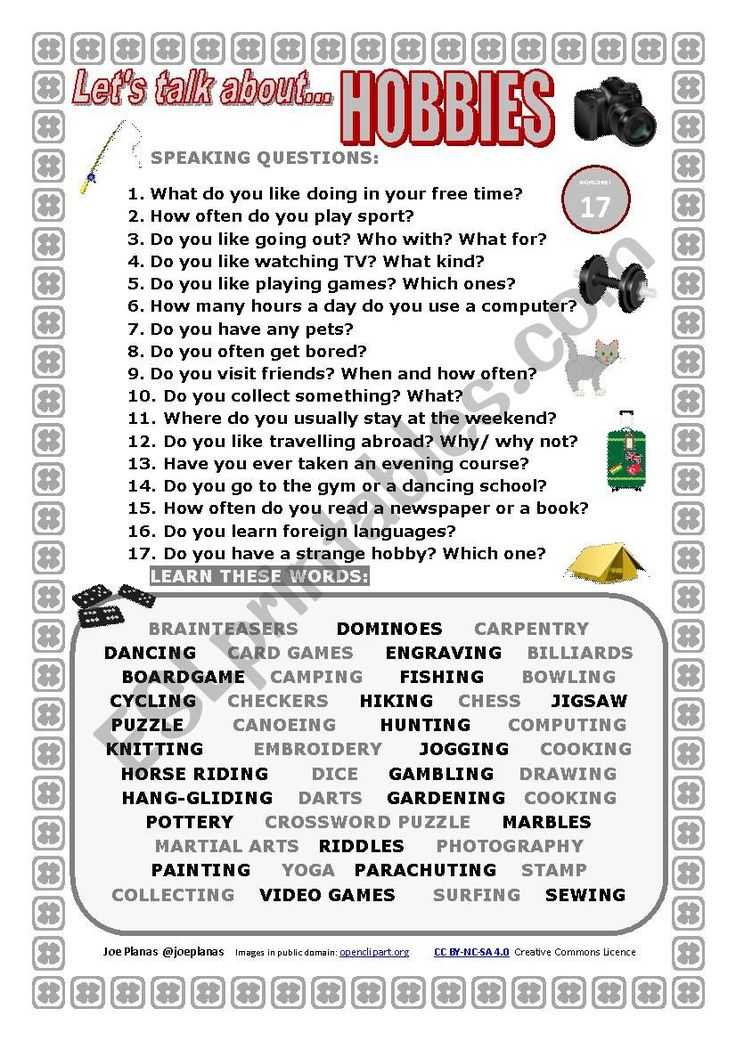 To do this, several points must be taken into account. Then you can feel confident and "armed" for dancing.
To do this, several points must be taken into account. Then you can feel confident and "armed" for dancing.
What to bring to the dance class
The ideal option is to have a bag or a backpack, which will always contain the necessary things for classes. Then you will be sure that you have taken everything you need with you and have not forgotten anything. What should be put in such a bag?
Clothes
To figure out what clothes are right for you for dance lessons, you need to know for which direction you choose them:
- Tight clothes made of elastic fabric are suitable for ground lessons. It can be leggings, a T-shirt, a T-shirt. Give preference to sports options, without a variety of fasteners, rhinestones, zippers. They can injure you or your partner. Avoid clothes made from low-quality synthetic materials that are poorly breathable and do not absorb moisture. Moreover, the idea of exercising in leatherette leggings should be abandoned. The fit should be medium or high so that the leggings do not slip during active movements.
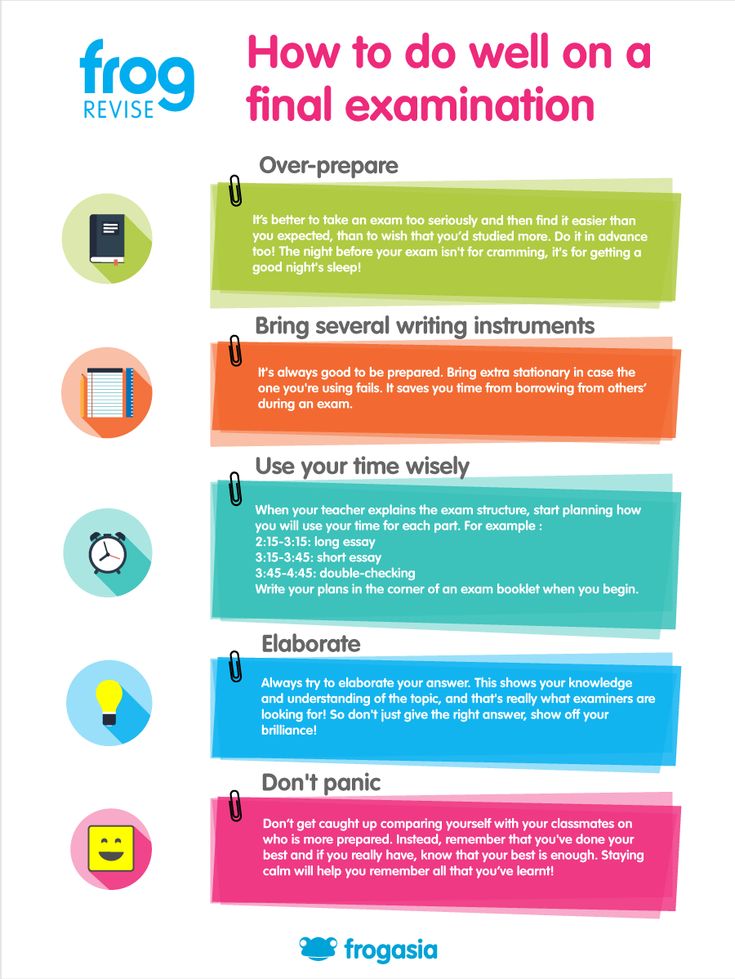 Some people are comfortable in shorts, but not all. Bare feet can be damaged by contact with the floor.
Some people are comfortable in shorts, but not all. Bare feet can be damaged by contact with the floor. - For active styles like hip hop or contemporary, looser clothing is more suitable. Wide trousers, oversized sweaters, T-shirts several sizes larger will allow you to feel comfortable and fully open up in the dance.
- Leotards (one-piece leotard) are purchased for classical dance styles. The sleeve can be long or short. Leggings are worn under the tights, but of a lower density.
Sign up for a trial lesson
Clothing should not be provocative, exposing those parts of the body that should not be exposed in public. Avoid transparent fabrics, underwear should not shine through. If you are comfortable wearing a top and shorts, make sure they are long enough. Choose clothes based on the temperature in the lesson. Do not dress too lightly if it is cold in the hall and vice versa. If you get hot during the dance, you run the risk of hypothermia while you remain motionless.
Choose clothes according to your taste, so that it is not only comfortable, but also uplifting, setting you in the right mood.
Shoes
Just as important as clothing. It should also be selected, focusing on the style of dance. For hip hop, stable sneakers or sneakers will be relevant. "Balniks" are recommended to practice in special shoes, as well as those who are fond of step. But oriental and Latin American dances will be more "economical". For them, ordinary shoes are suitable or you can do without them at all.
It is possible to train in socks, if we are talking about stalls or contemporary. But there is a risk of falling if the floor is too slippery. It will also be difficult to perform some of the tricks. In this case, Czech or half shoes would be ideal.
What else to put in your bag
In addition to clothes, there are a few other things to keep in mind when preparing for dance lessons:
- If you have weak knees and ankles, take care to protect them.
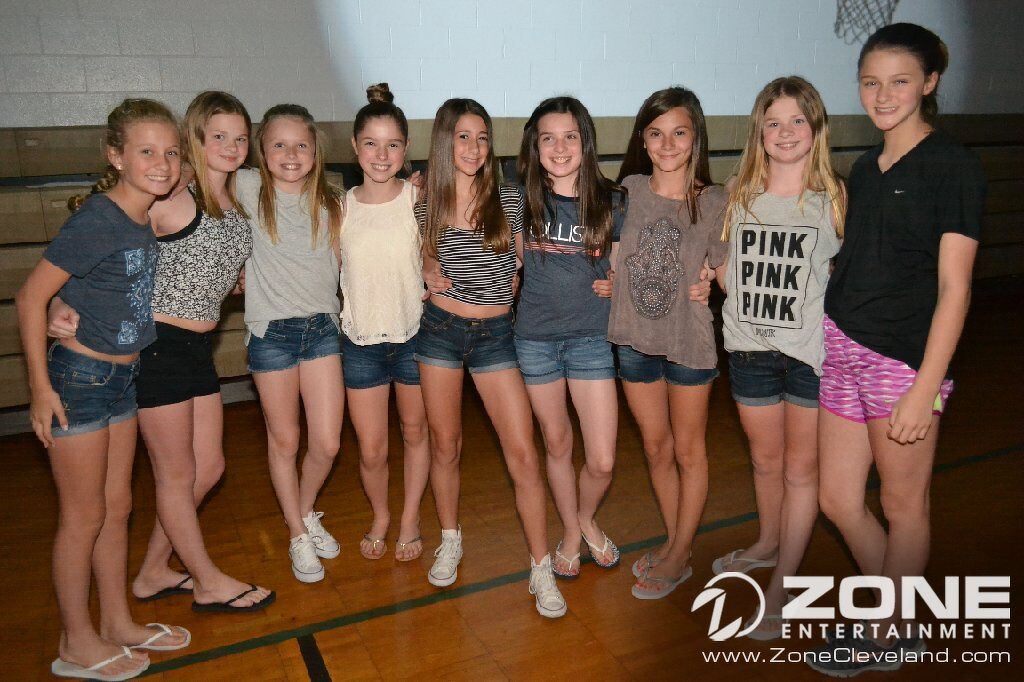 For this, knee pads and elastic bandages are useful. To protect the lower back from hypothermia, a warming belt is suitable.
For this, knee pads and elastic bandages are useful. To protect the lower back from hypothermia, a warming belt is suitable. - Additional “equipment” includes weights. Whether you need them or not is up to you. They are not suitable for beginner dancers. Weights are for arms and legs. Their weight starts from 0.5 kilograms.
- For those with long hair, elastic bands and hair clips are required to help them collect. Loose hair is not always comfortable to deal with.
- Be sure to pack a large bottle of water in your bag, as you're bound to get thirsty when you exercise.
- Use a small towel that absorbs moisture well. They make it easy to wash your face.
Don't wear make-up before going to class. In the process of training, there is a risk that the makeup will flow and smear. Also avoid strong-smelling perfumes and deodorants. People around you may not only have a different taste for aromas, but also be allergic to them. But the use of antiperspirants will allow you to feel more confident in training and avoid unpleasant situations.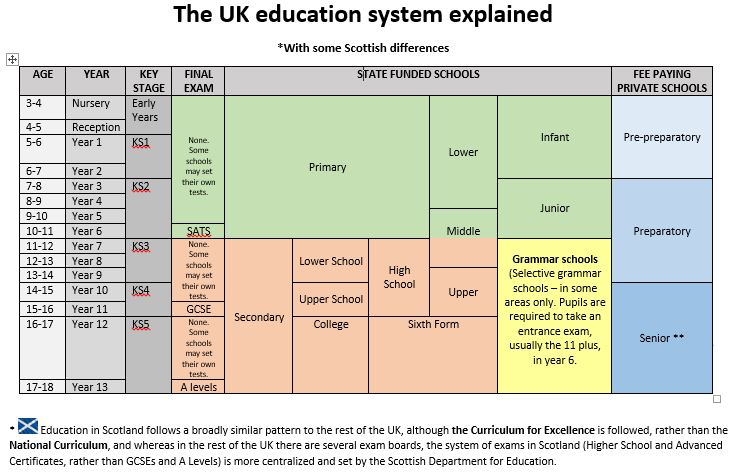
Do not go to class if you feel unwell. When you exercise, you may get worse. In addition, you can accidentally infect other students or teachers.
Don't go to training hungry. You are provided with a breakdown, and they are very necessary for dancing. But you also don’t need to eat immediately before training, the optimal time for eating is an hour before training. Overeating before dancing is also not worth it, it will make you sleepy, your movements will slow down and become difficult. The same goes for lack of sleep. It will affect the quality of training not in the best way.
And, most importantly, be sure to take a good mood with you! The result and emotions from the training directly depend on the attitude with which you engage. If you are upset or depressed, then the dance class and the atmosphere can be the best medicine. After him, there will be no trace of a bad mood!
What a beginner needs to know when attending a dance class , because we are not talking about club dancers, but about professional sports.
 Gorgeous acrobatic numbers and tricks on a pole are completely different from striptease, this is a bewitching spectacle with elements of artistry, dance, strength exercises and rhythmic gymnastics.
Gorgeous acrobatic numbers and tricks on a pole are completely different from striptease, this is a bewitching spectacle with elements of artistry, dance, strength exercises and rhythmic gymnastics. Benefits and features of Pole dance.
One of the features of pole dance classes is an increase in physical (muscle) strength, without increasing muscle mass - which is definitely a plus, because most women and girls would hardly want to have a body like Arnold's.
Beauty and flexibility - due to constant training and strength training, the body becomes strong, elastic and flexible. The coordination of movements improves, and the posture becomes simply royal.
The main advantage of Pole dance for losing weight is the fact that, unlike boring fitness, weight goes off much faster - one workout for a beginner burns about 1000 calories.
And due to the development of muscle mass, you will not turn into a character from the movie "Slimming", only excess fat will go away, and the body will become beautiful and embossed.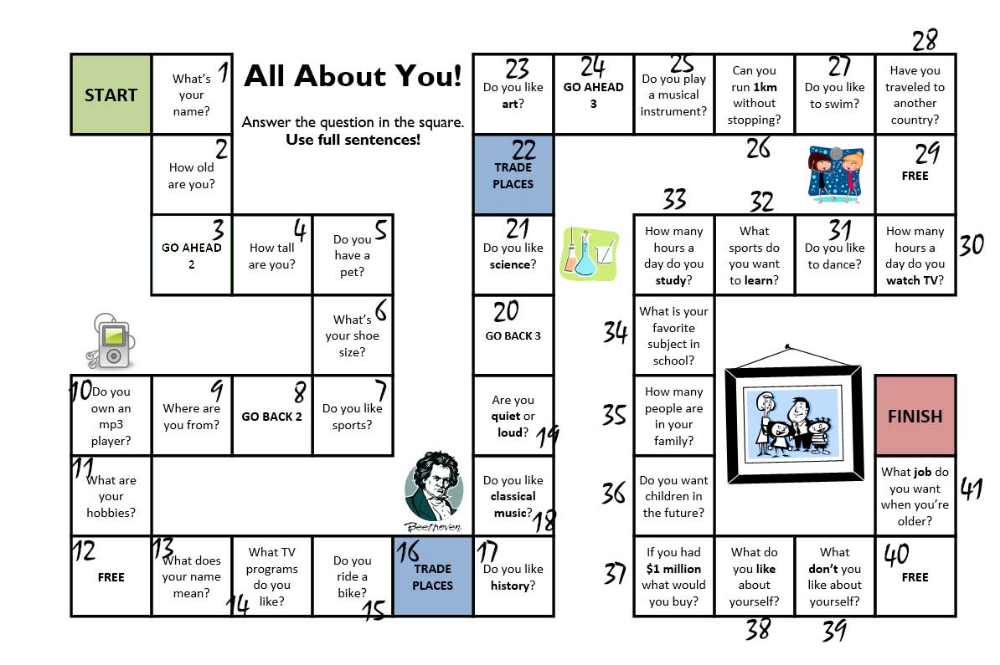
Lessons for beginners.
Trainings for beginners are held 2-3 times a week for the first month, and in the future, the frequency of classes should be increased and attend them every other day.
By combining the pole with daily self-training (walking or running), in 3-4 weeks you will normalize your weight and tighten your figure - the result will be 100% and obvious.
In order to start practicing pole dance, special physical training and skills are not required, anyone can do it: there are not even age restrictions, the main thing is desire, willpower and self-confidence.
There are still contraindications, and if you have health problems, it is better to consult a doctor before signing up for training.
It is better to study in a specialized school under the supervision of an experienced trainer, since independent attempts to master the pylon guided by a YouTube video very often do not lead to anything good. Doing homework from scratch will lead you to injuries, and possibly very serious ones!
As an option, you can combine school and homework, additionally honing your skills and already being able to do something.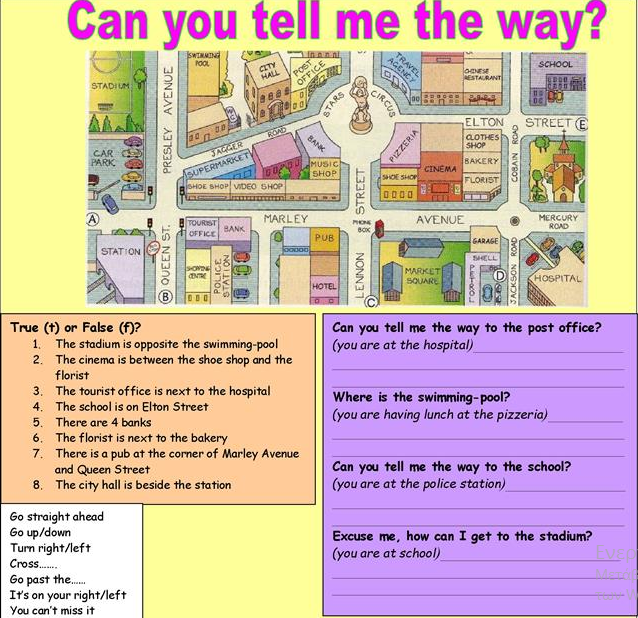
What you need to prepare for classes.
- You will need two sets of clothes: a warm suit for warming up the muscles and stretching, as well as light short shorts and a T-shirt for the actual workout.
- You can buy dance sneakers or ballet flats from shoes, but it is most convenient to practice barefoot on the pole.
- It is strictly forbidden for beginners to wear strips (special shoes with very high heels and platform) for dancing! If you don't break your legs, you'll kill those around you.
- Special cosmetics for the skin that prevent the body from slipping.
- Well, a selection of your favorite music to which you will dance!
A few more facts.
- The duration of training for a beginner is usually 60-80 minutes, for more experienced athletes this time increases to 90 minutes.
- Visually, the pylon can be divided into three parts:
- Lower - for stretching and plastic development;
- Medium - for twists and turns;
- Upper - for performing more complex acrobatic numbers.
